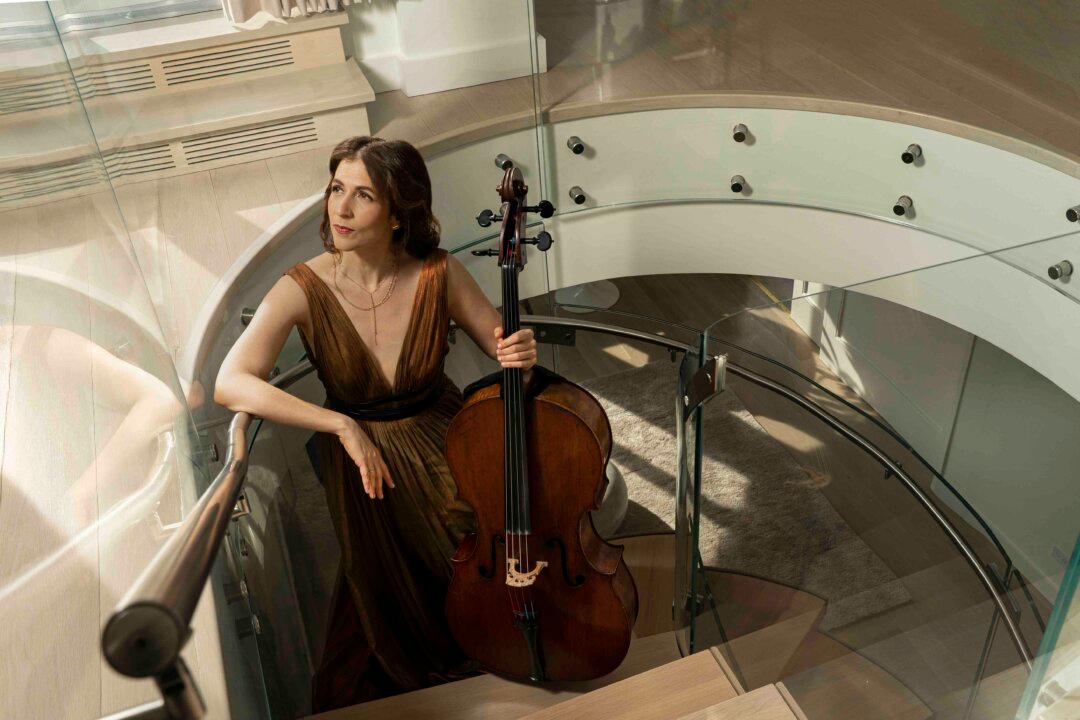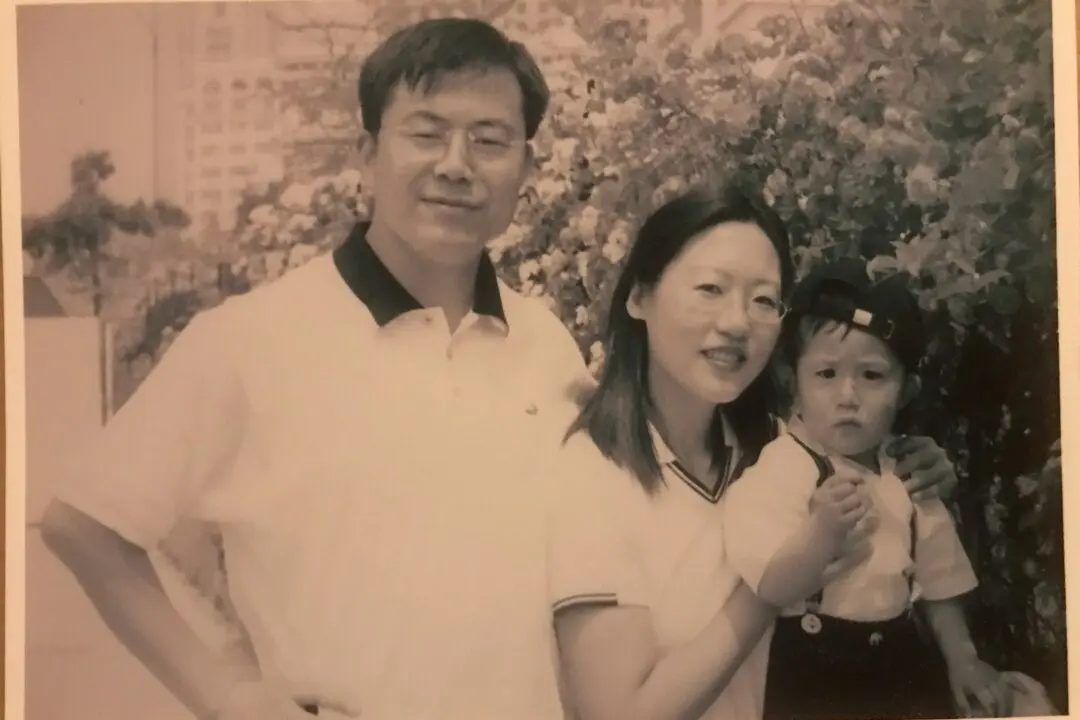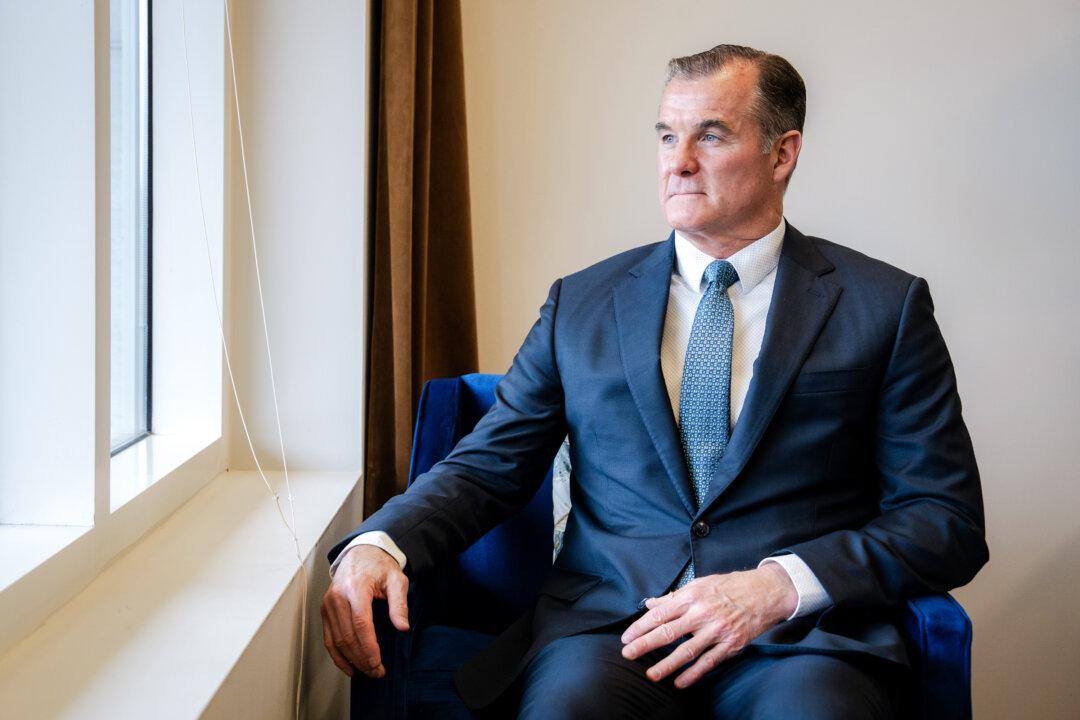Art is all about communication, says cellist Inbal Segev, who grew up in Israel. But with music, before you can hear enough to comprehend a message, you are first met with the sound—and Segev has spent her entire career in the pursuit of beautiful sound.
“I want to do the best I can to communicate with the audience and bring something new to the audience,” Segev says. Driven by nature, Segev was dubbed a prodigy at a very young age. Her mother, a pianist, instilled in her a love of music from childhood; and Segev picked up the cello at age 5, never for a moment imagining her life without it. At 8, she performed for the Israeli president.






